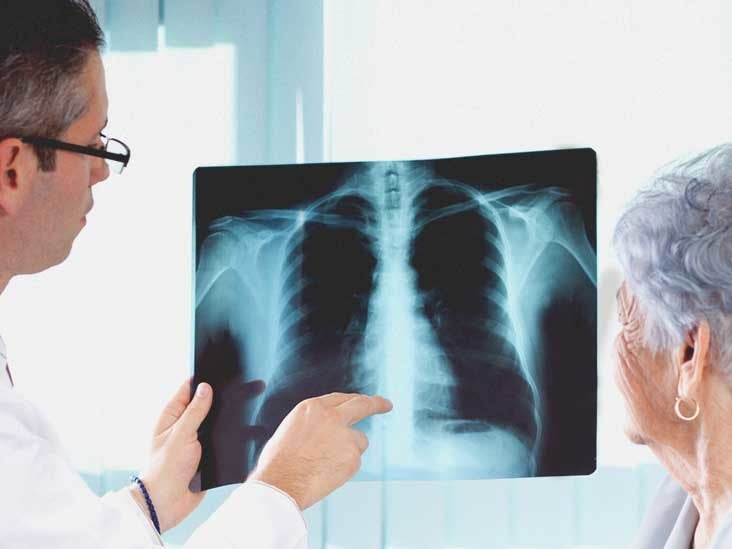Most people present to the office of Pulmonologist in Lahore with bacterial pneumonia, causing infection of the lung. However, apart from bacteria, other microorganisms like fungi and viruses also cause pneumonia. Read on to know the risk factors, symptomatology, and management of viral pneumonia.
Table of Contents
What are the Symptoms of Viral Pneumonia?
Viral pneumonia is a result of invasion and inflammation of the lung parenchyma by the viruses causing blockage of oxygen flow. As the body fights the virus, other symptoms are produced. In the early phase, there is productive cough, fever with chills, fatigue, weakness, sweating, and blueness of lips.
The additional symptoms of viral pneumonia include headaches, worsening cough, muscle pain, and shortness of breath. This phase is followed by: increase in fever, decreased appetite, sharp chest pain, accelerated heartbeat and breathing, sweating, and confusion. For high-risk groups, viral pneumonia can quickly worsen into a more serious condition.
In adults, the most common causes of viral pneumonia are influenza A and B virus, respiratory syncytial virus, adenovirus, parainfluenza virus, and lately, coronavirus.
What are the Risk Factors Of Viral Pneumonia?
The risk of viral pneumonia is higher in:
- individuals aged 65 and older
- people who are HIV positive
- recipients of organ transplant
- malnourished individuals
- people with chronic disorders like asthma, heart disease, and diabetes
- patients of lymphoma, leukemia or kidney disease
- smokers
How to Diagnose Viral Pneumonia?
The physical examination of the patient is a big clue to the healthcare provider. The patient demonstrates wheezing and crackles on auscultation with a higher pulse rate, rapid breathing, and higher temperature.
In addition, the chest x-ray reveals infiltrates in both the lungs, and on pulse oximetry, the oxygen saturation may be slightly reduced. Blood tests can reveal white blood cell count consistent with a viral infection.
Sputum culture can be done to identify the organism, along with a pleural fluid culture. A high-resolution CT scan looks more closely at the lungs and is mostly ordered for high-risk patients.
How to Treat Viral Pneumonia?
While bacterial pneumonia is treated with antibiotics, viral pneumonia gets better on its own in most cases. In complicated cases, however, treatment is mandated. For high risk patients, there is danger of superimposed bacterial infection, and prophylactic antibiotics are started by the healthcare provider.
For general viral pneumonia, the treatment consists of:
- Rest and plenty of fluids.
- Use of humidifier to make breathing easier
- Smoking cessation
- Fever reducers
After the virus has run its course, one starts to feel better. However, if there is no improvement in three weeks, follow-up care with the healthcare provider is needed.
Acute care for decompensating patients includes:
- Supplemental oxygen, especially if the oxygen saturation is dropping
- Isotonic sodium through intravenous route if the patient is severely dehydrating and shock is setting in.
- In the case of bronchospasm, drugs like beta-agonists or salbutamol are started to broncho-dilate and make breathing easier.
- Antivirals are started if there is a varicella virus infection
- Antibiotics are started in case of risk of superadded bacterial infection such as in those with immunodeficiency or those aged more than 65 years.
- If the patient is not responding to treatment and respiratory failure is impending, mechanical ventilation is started.
How to Prevent Viral Pneumonia?
Pulmonologist in Islamabad suggest ways to reduce the risk of viral pneumonia. These include: getting a flu shot every year. Yearly flu shots are vaccines against the prevalent strain of influenza and older shots may become ineffective if the strains are different. Since viral pneumonia spreads through the respiratory droplets, it’s important to wear a mask when visiting the sick. Additionally, the risk of infection can be reduced by smoking cessation, eating right, getting sufficient sleep, boosting immune health, and washing hands regularly.





